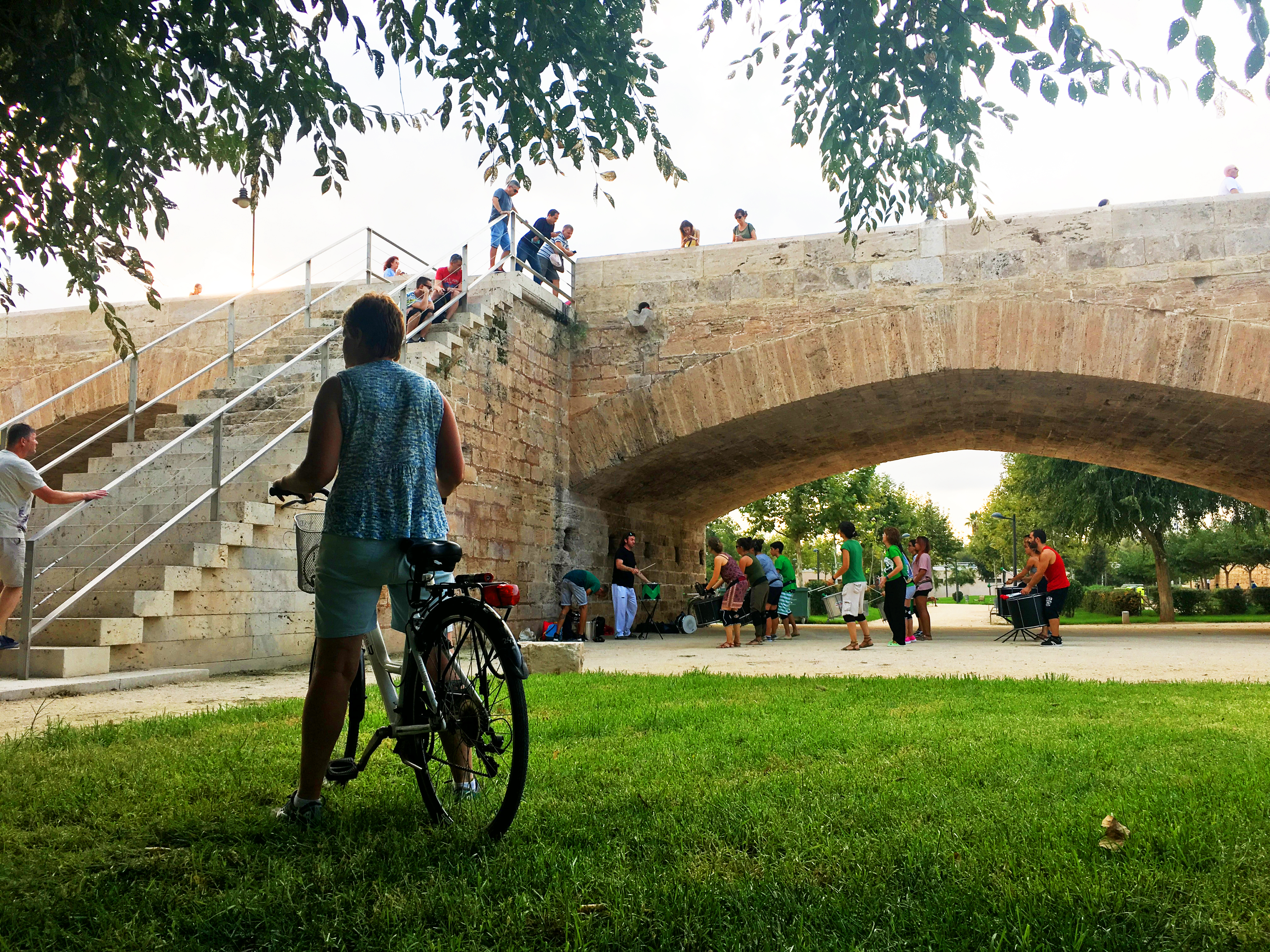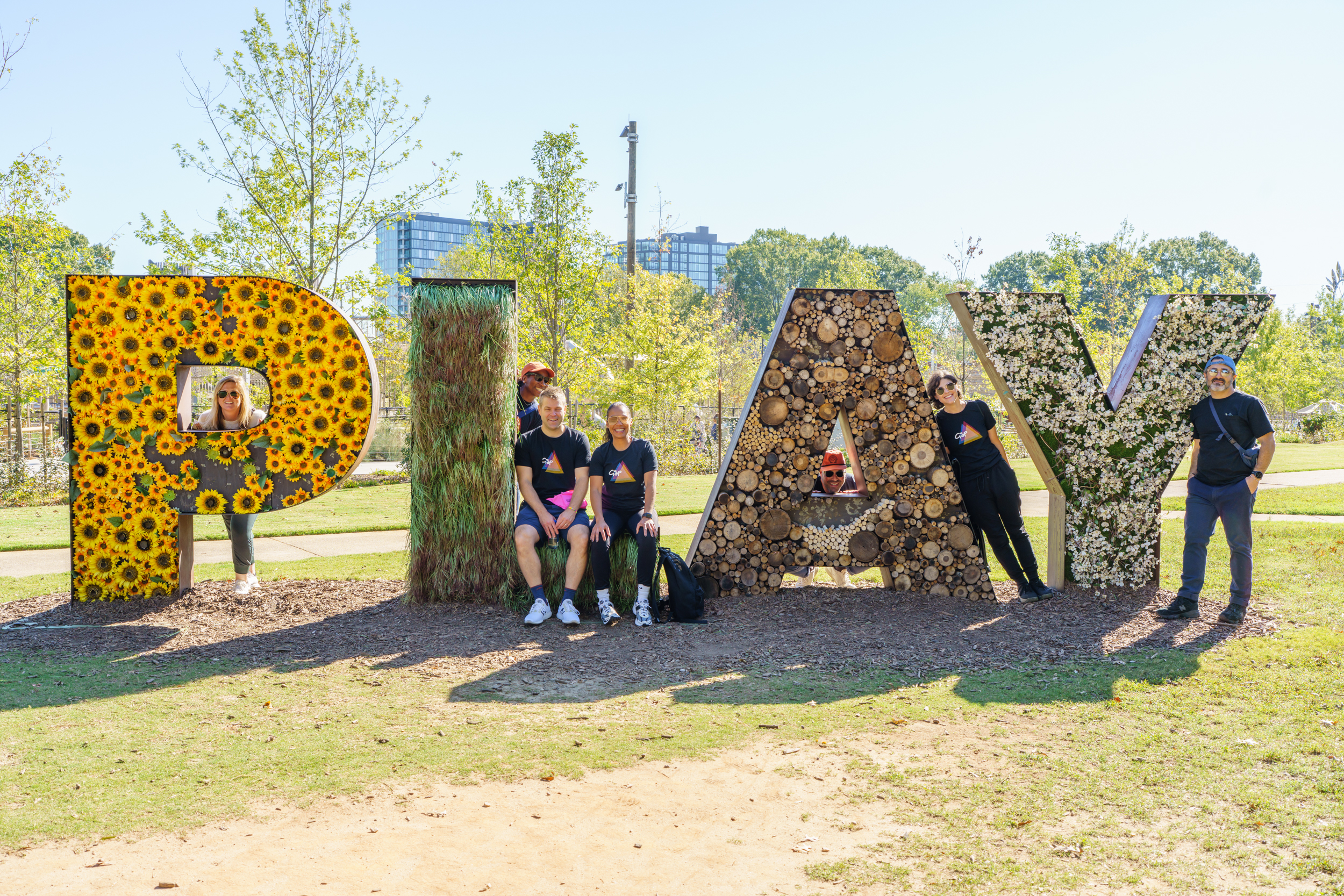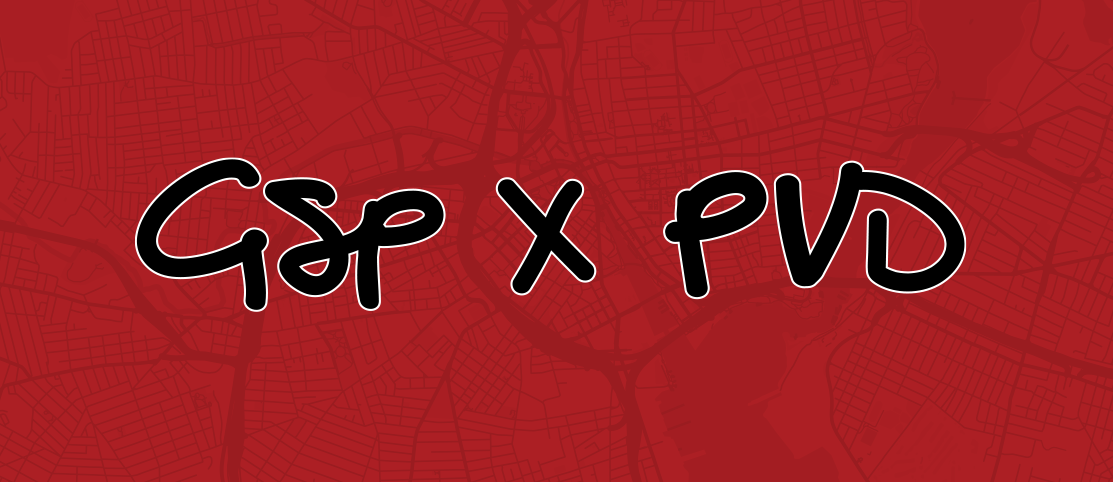MONTH 09: VALENCIA
This month I got to share something really important with the GSP team: traveling abroad with a very analytical set of glasses on. About halfway through my time in Valencia I met Jesse, Dave, Sean, and Gustavo in Lisbon, Portugal for our annual food crawl. We spent two very full days climbing hills, popping into stores, drinking lots of great coffee, and eating the best the city had to offer. They got a better idea of how I see each city I’ve been to on Remote Year, which I think is really good for us as a team. Jesse’s going to chime in on this, too, so look out for another post from him.
While traveling to new cities on Remote Year, I explore each place through a critical lens. I examine the walkability + bikability, variety of retail, public spaces, availability and reach of public transportation, and I also like to keep an eye out for the public + private fitness scene both because I’m personally interested and I think how (in)visible that scene is says something about the city and what/who it values. While my eyes are scanning all of these things, I note specific details and saying “This would make so much sense in Kendall Square,” or “Why haven’t we considered this for the L Street Power Station yet?” I take pictures of everything either to specifically put in a given inspiration deck or to remind me to come back and spend more time later. I ask “Who is this for? Who spends time here? Who isn’t welcome here?” I fall in love with and vehemently hate certain kinds of chairs, and this is something I can’t turn off and don’t want to.
Now, Graffito does a food crawl every year, so the notion of spending a couple of days exploring a new place and looking for inspiration is definitely not new. This would be our first international crawl, though, and it would give the team a taste of a) why it was important to me for our work to get to know a large handful of international cities and b) why I’m always putting in international examples of retail or public space activation in our presentation decks when people often want to see something they can better relate to.
Sure enough, from the moment we got in an Uber from the airport, the team was busy pointing out interesting parks, beautiful tile adorning the walls and musing at what that does for the character of the street edge, and generally why things are different between Lisbon and Boston. My favorite part was hearing them talk excitedly about the creative thinking for activations or retail concepts, wanting to make these things real in Boston, rather than assuming they could never work. We visited a power-plant-turned-museum, a bar on the roof of a functioning parking structure, and a collection of stores in an old mansion – one shop per room – with a gin bar backyard. We toured LX Factory with a local pastry chef and we got a tour of Shepard Fairey’s murals and collaborations from a friend of his. We agreed that there are some things that simply haven’t made it to Boston, or even in most of the US, just yet; needless to say, we left brimming with inspiration.
We talked about how the food crawl, as we knew it, is no more. Before, they were always simply food crawls: the team would visit exciting new food + beverage concepts, meet with chefs or restaurateurs, and predict what the next big trend to hit Boston would be. Well then, what is it? As GSP has evolved, so has the annual crawl. Now, we’re also talking about who’s using public spaces, how to partner with notable artists to bring outstanding public art to Greater Boston, and what kind of bike infrastructure goes best where. We’ve outgrown the “food crawl” name. Any idea what we should call it? We’re listening.
Without a doubt, though, this is an exciting time for Graffito and I’m glad my time on Remote Year could contribute to that at all.
Of course, Lisbon took up 3 days out of my entire month. Being based in Valencia was excellent and it became one of my favorite cities of the year. We’ve all described it as kind of a scrappier Prague. My favorite part of Valencia is Turia Gardens, a 9km linear park that hugs the city, and was converted from a river (whose course was rerouted to avoid constant major flooding) to this widely-used park. There’s something for everyone and every kind of activity, and part of it ends at the beautiful City of the Arts and Sciences, a cultural complex designed by renowned architect Santiago Calatrava. One day, lured by the sound of a drum group, I walked out of my way to find the group practicing under one of the bridges in the park, with dozens of people also wandering out of their way or stopping on their path to watch this group who had expertly chosen this spot for the great acoustics and low-risk audience. I loved this moment because it proved how simple it is to get people’s attention and keep it in public spaces if you welcome this kind of activity.
Valencia’s central city is its old town, with historic buildings like silk trading markets and enormous local meat + produce markets neighbored by daily conveniences like bakeries, boutiques, pintxo (think tapas, on top of a piece of bread) restaurants, pharmacies, and banks. It’s possible but hugely inconvenient to get around by bike, car, or public transportation; walking is truly the best bet for daily life in Valencia.
I now head to Asia, the final continent of my Remote Year! My first stop is Kuala Lumpur, where I’ll be staying with a friend I met at the Gehl Masterclass back in August. With a robust mix of Indian, Chinese, and Malay cultures, I’m sure the month will be packed with more moments of culture shock and delicious food than I can imagine.
Until next time,
erin




